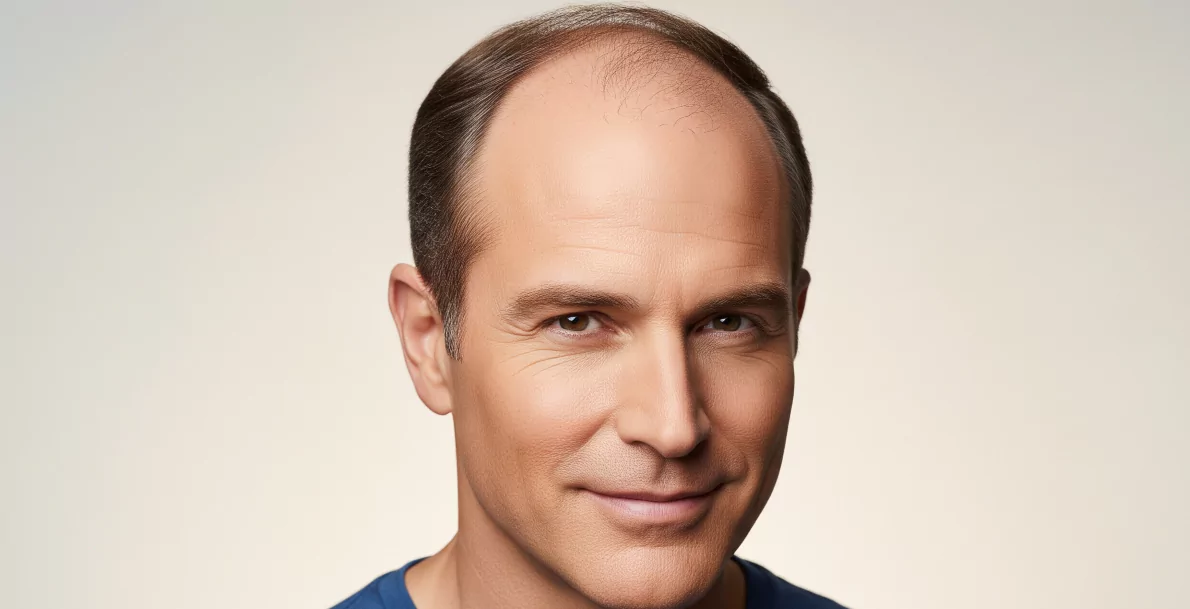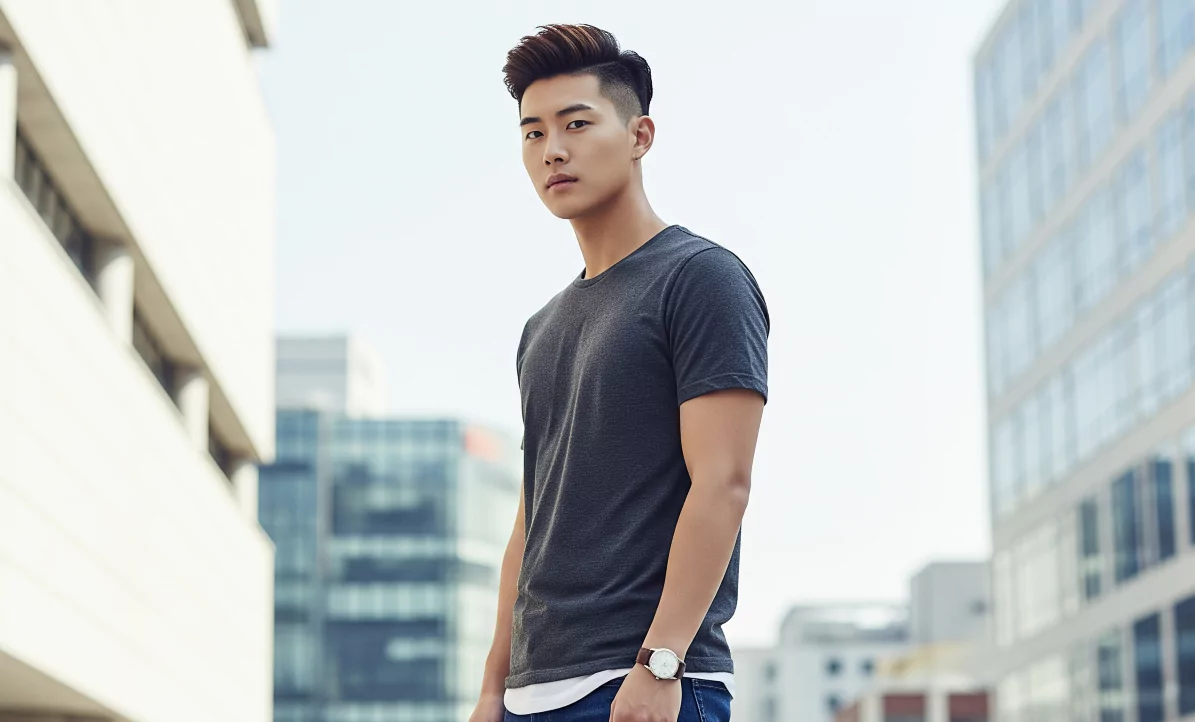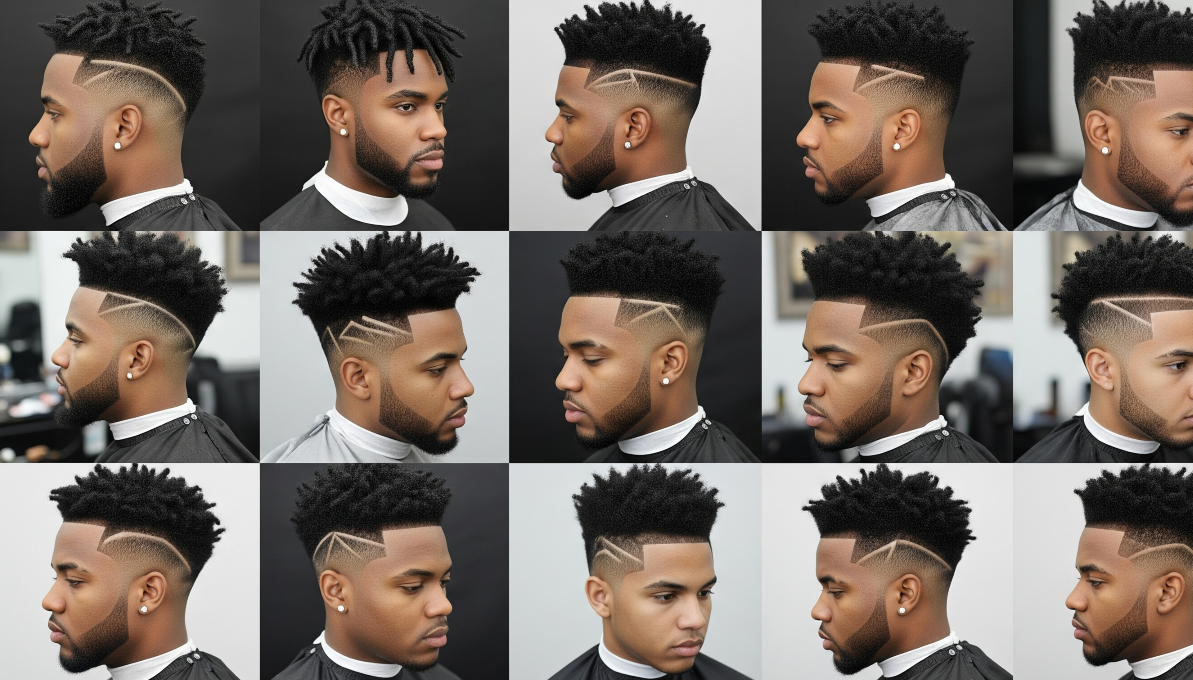Hair glossing has exploded in popularity, with salon bookings increasing 300% over the past two years. But what makes this demi-permanent treatment so effective? The answer lies in fascinating hair science that transforms how light interacts with your hair cuticle.
As a certified trichologist with 15 years of experience studying hair structure, I’ve witnessed countless clients achieve dramatic shine improvements through hair glossing treatments. This comprehensive guide breaks down the molecular mechanisms that make glossing worth every penny.
What Is Hair Glossing? The Technical Foundation
Hair glossing works fundamentally differently than traditional coloring. While permanent dyes penetrate deep into your hair shaft using ammonia, glossing operates at the cuticle level with acidic formulations.
Hair glossing isn’t just about shine—it’s a smart way to refresh blonde highlights, keeping them bright and free from brassiness. Glossing lets you test soft blonde or brunette tones before committing to a permanent color.
The treatment deposits color molecules onto your hair’s outer layer. These molecules are significantly larger than permanent dye particles. They can’t penetrate beyond the cuticle, creating a protective coating instead.
This reflective surface explains why glossed hair catches light so beautifully. The smoothed cuticles create mirror-like properties that enhance your natural color depth.
Professional hair glossing treatments typically use pH levels between 4.5-6.5. This acidity temporarily opens cuticles just enough for color deposit without structural damage.
The Chemistry Behind the Shine
Your hair’s ability to reflect light depends entirely on cuticle condition. Damaged hair has raised, rough cuticles that scatter light in multiple directions.
Hair glossing contains acidic ingredients that smooth these cuticles down. When cuticles lie flat, they create a uniform surface for consistent light reflection.
Hair glossing can boost shine and smoothness, making your bangs look healthier, more defined, and easier to style.
The treatment also fills microscopic gaps in damaged hair shafts with protein molecules. These proteins temporarily repair surface irregularities, enhancing overall shine.
K18PEPTIDE™ Technology represents cutting-edge molecular repair science. This peptide can penetrate 18 amino acid sequences deep, addressing damage at the cellular level.
Hair Glossing vs Hair Color: The Scientific Breakdown
Traditional human hair color products require ammonia to lift the cuticle and bleach existing pigment. This process can damage up to 30% of your hair’s protein structure.
Hair glossing treatments skip this destructive step entirely. They work with your existing color instead of against it.
On the other hand if we talk about balayage, it looks even more radiant and seamless when enhanced with a hair glossing treatment.
Permanent color molecules measure 1-2 nanometers in diameter. Gloss molecules are 3-4 times larger, preventing deep penetration while maximizing surface impact.
Developer strength differs dramatically too. Permanent color uses 20-40 volume developers. Glossing typically uses 10 volume or less, minimizing chemical stress.
Clinical Benefits Backed by Research
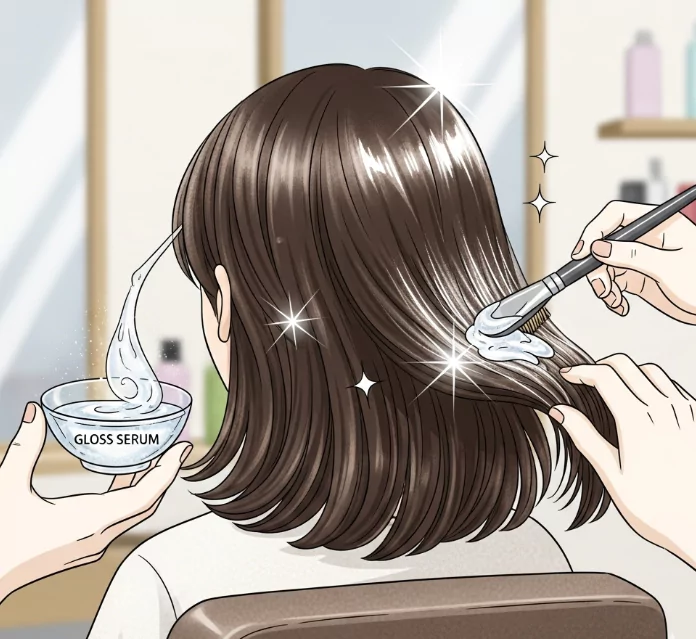
Recent studies show hair glossing provides measurable improvements in multiple areas:
UV protection for hair increases by 40-60% after glossing treatments. The coating creates a barrier against harmful radiation that fades color and damages protein structures.
Moisture retention improves by 25% according to independent laboratory testing. The sealed cuticles prevent hydration loss between washes.
Frizz control becomes dramatically more effective. Smooth cuticles eliminate the rough texture that creates flyaways and unruly strands.
Heat styling damage reduces by up to 35% when hair is glossed regularly. The protective coating acts as a buffer against high temperatures.
The Professional Glossing Process
Professional hairstylists begin with thorough hairstyle analysis. Porosity testing determines how your hair will absorb and retain the gloss formula.
Application technique matters enormously. Proper sectioning ensures every strand receives adequate product coverage for uniform results.
Processing times vary based on your hair’s condition. Damaged hair requires longer processing for optimal penetration. Healthy hair processes faster.
Rinsing temperature affects longevity significantly. Cool water seals cuticles and locks in color molecules. Hot water opens cuticles and encourages fading.
Longevity Factors: What Research Shows
How long does hair glossing last depends on multiple scientific factors. Average duration ranges from 4-6 weeks with proper maintenance.
Wash frequency directly correlates with fade rates. Daily washing reduces gloss life by 40% compared to every-other-day washing.
Water temperature during shampooing matters too. Hot water accelerates color molecule release by opening cuticles.
If you’re considering a style upgrade beyond glossing, check out How to Choose the Perfect Type of Perm for Your Hair Texture for curls and waves that suit your hair.
Color-protecting shampoo and color-protecting conditioner extend results by maintaining optimal pH levels. Look for sulfate-free formulations.
Environmental factors impact longevity as well. Chlorine, sun exposure, and pollution all contribute to premature fading.
Maintenance Science: Maximizing Results
Maintaining hair gloss requires understanding ingredient interactions. Clarifying shampoos strip color molecules faster than gentle cleansers.
Weekly deep conditioning with products like K18 Leave-In Molecular Repair Hair Mask helps maintain the treatment’s benefits.
Heat protectant becomes crucial for glossed hair. The coating can be damaged by temperatures above 350°F, so thermal protection is essential.
Professional touch-ups every 4-5 weeks maintain optimal results. This timing prevents complete fade-out while maximizing cost-effectiveness.
Expert Recommendations and Next Steps
Hair glossing benefits extend far beyond simple shine enhancement. This treatment represents a scientifically sound approach to hair color maintenance without permanent commitment.
If you’re considering this treatment, consult with experienced hair care services professionals who understand the underlying chemistry. They can assess your hair’s unique needs and customize the approach accordingly.
Hair damage from previous chemical treatments actually makes you an ideal candidate. The hair repair properties of glossing can significantly improve your hair’s appearance and health.
The glossy hair look you’ve been admiring on social media isn’t just good lighting – it’s good science. Modern hair glossing treatments deliver measurable, lasting improvements that transform how your hair interacts with light.
Ready to experience the science of shine? Book a consultation with a certified colorist who specializes in professional glossing services. Your hair will thank you for choosing this low-maintenance hair shine solution.
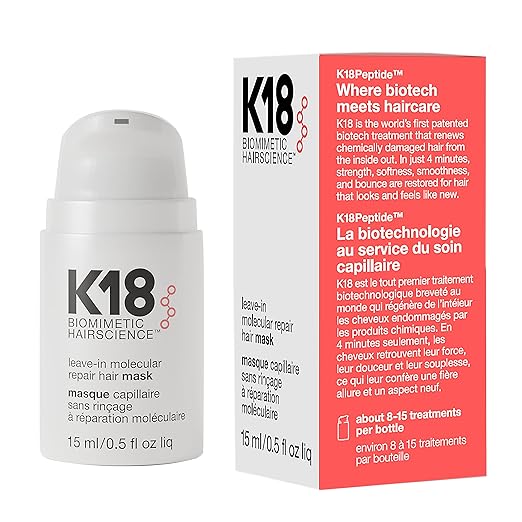
Repairs Dry or Damaged Hair, Reverse Hair Damage from Bleach, Color, Chemical Services & Heat


